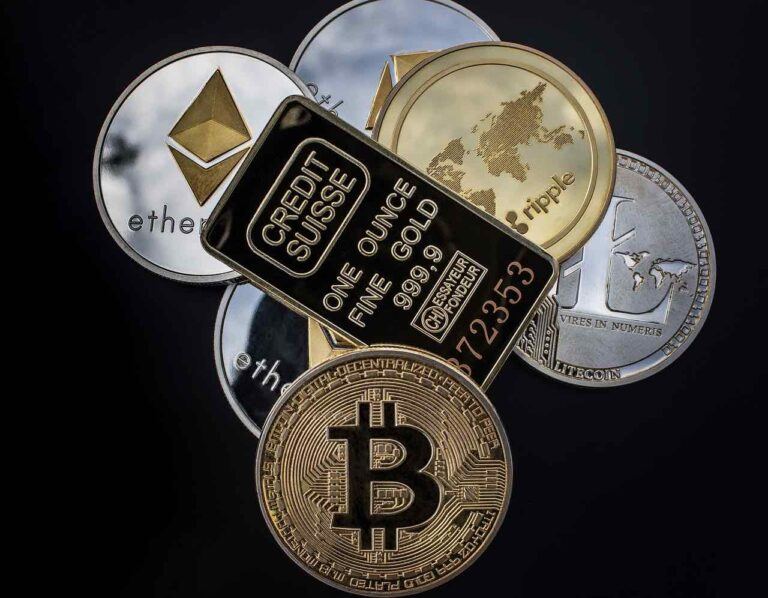On Friday (May 1), CNBC’s post-market show “Fast Money” explained the significance of Bitcoin’s next (third) block reward halving (aka “the Halving” or “the Halvening”), which is expected on May 12, and how this event could affect the price of Bitcoin.
Before we take a closer look at how CNBC dealt with the topic of Bitcoin halving in this segment, a little bit of background on the halving process might be helpful.
Basically, here is what block reward halving means for Bitcoin:
- every ten minutes, a new Bitcoin block is mined;
- at every block reward halving, the reward for mining new blocks is halved, i.e. 50% fewer bitcoins are generated by the network;
- block reward halvings are scheduled to occur every 210,000 blocks, i.e. approximately every four years, until Bitcoin’s hard cap (or maximum supply) of 21 million bitcoins has been reached.
When the Bitcoin network started life, the block reward was 50 BTC. After the first halving, this was reduced to 25 BTC. And then after Bitcoin’s last (i.e. second) halving on 16 July 2016, this was further reduced from 25 BTC to 12.5 BTC. At the next halving on May 12, the block reward is set to be reduced to 6.25 BTC.
Now, going back to Fast Money, the person doing the explaining was CNBC’s Brian Kelly (aka “BK”), who is also the founder and CEO of crypto hedge fund BKCM LLC.
Melissa Lee, who is the host of Fast Money, started a segment titled “Big Bitcoin Breakout” by asking Kelly how many days we had to wait until the next Bitcoin Halving.
Kelly said:
“It’s about 11 days to the halving, and so what that means, what people should know, is that as the whole world is quantitative easing, Bitcoin’s about to be quantitative hardening.
“So they’re gonna cut the daily supply: the software is gonna cut the daily supply.
“It doesn’t mean that the price of Bitcoin is being cut in half — it just means that the daily supply is being cut in half but [you] want to think about it like oil, where all of a sudden, in 11 days, half [of] the oil rigs are turned off, and so that supply gets reduced.
“In the past, this has been a catalyst for very very big run-ups.
“We’ve had a tremendous run-up coming into this, it’s got some wood to chop around $9,000, but I think in the medium to long-term you now have an asset that is going to be more scarce than gold based on the stock-to-flow ratio in an environment where the entire world is printing money.”
Lee then asked Kelly why investors should not treat the next halving as a “sell the news” event.
Kelly replied:
“It very well may be. I mean, if you look back at the last two… it took about 30 to 60 days for this really to filter through the market…
“Remember this is how the miners make their money… some of the weaker miners might actually have to sell out, but 30 to 60 days from now, we could see a nice run up again.”
When this segment was broadcast on Friday, the price of Bitcoin was around $8,744.
According to data from CryptoCompare, at the time of writing (around 6:45 UTC on May 3), Bitcoin is trading around $9,015, up nearly 2% in the past 24-hour period.
Despite the ongoing COVID-19 pandemic and the huge liquidity crisis on Black Thursday (March 12) that caused a crash in prices across almost all asset classes, Bitcoin is up 25.50% so far this year.
Last Thursday, Thomas Lee, Co-Founder, Managing Partner and the Head of Research at independent research boutique Fundstrat Global Advisors, was asked on Twitter about his take on Bitcon’s recent price action.
Lee acknowledged that in the year-to-date (YTD) period, Bitcoin had performed better than U.S. equities (the S&P 500 index); he also expressed his enthusiasm for the upcoming Bitcoin halving:
#Bitcoin has acted extremely well. YTD, it is outperforming equities by a sizable margin. So proving itself both as a solid risk-on asset (look at today) and as a hedge vs calamity.
– we are also positive on the supply/demand impact from the upcoming halvening
we are #BTFD
— Thomas Lee (@fundstrat) April 30, 2020
Featured Image by “WorldSpectrum” via Pixabay.com








